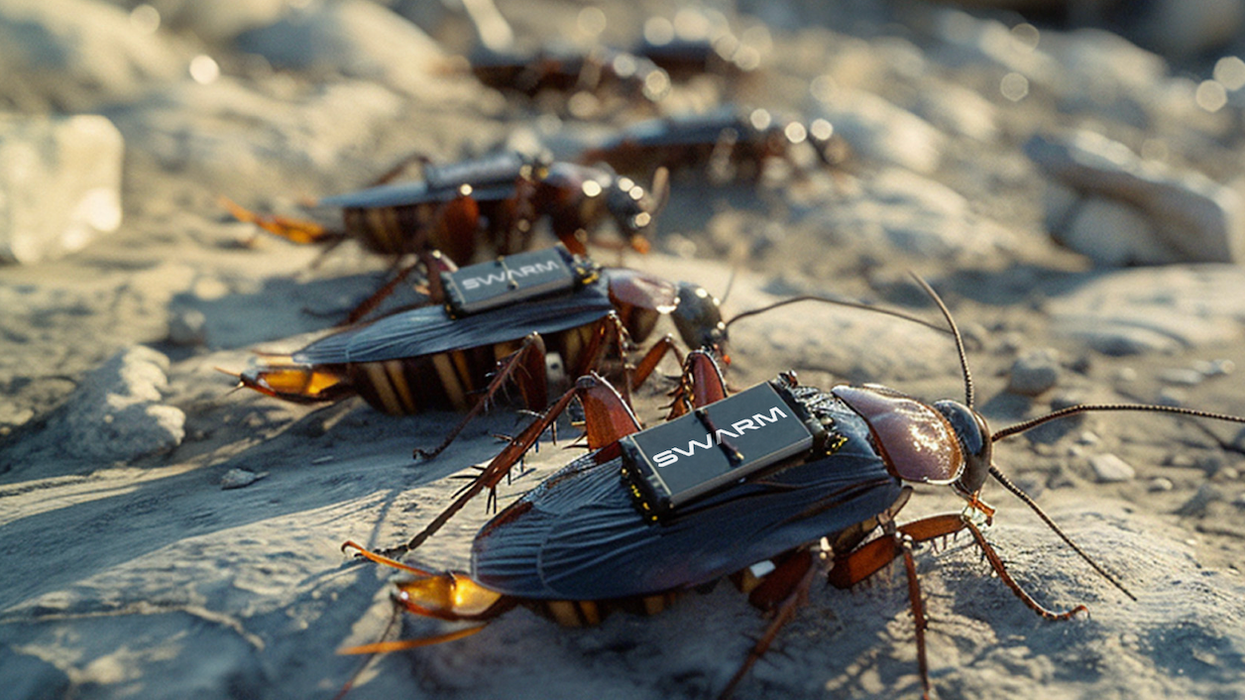It’s easy to assume there’s no light deep in the ocean, but some creatures carry their own glow. These animals, found both on land and in water, emit a radiant light when disturbed—a phenomenon known as bioluminescence. Recently, footage circulating on social media has reignited fascination with this stunning natural display. Reddit user u/no_emu_1332 shared the most recent clip in a popular subreddit, captivating viewers.

The 6-second clip shows rain falling over the ocean. As the raindrops hit the water, the sea glows with an electric neon blue, sparkling like glittering dots. In the background, a dusky orange sky contrasts with a lone boat and blinking red navigation markers. Soft ambient music enhances the calm, making the bioluminescent display even more mesmerizing.
What bioluminescence looks like In the rain
byu/No_Emu_1332 ininterestingasfuck
The Reddit post attracted over 2,000 upvotes in just a few hours. The post caption reads: “What bioluminescence looks like In the rain.” In the comment section, people are pondering over the beauty of this noteworthy phenomenon. They are describing it with words like “firefly water,” “fairies of the sea,” “hypnotic,” and “anime scene.” According to media reports, this glittery scene was captured at Jervis Bay, a coastal area south of Sydney, where bioluminescence is a regular phenomenon.

In general, bioluminescence is one of the most stunning phenomena endowed by nature, just like auroras and meteor showers. National Geographic explains that bioluminescence is “light emitted by living organisms through chemical reactions in their bodies.” Inside the bodies of these tiny marine organisms called “planktons” are chemical catalysts. When these cells are disturbed or pricked by something like a boat or a wave or raindrop, the chemical reaction occurs, and their bodies glow, illuminating the entire lagoon or ocean with enchanting lights.

Different organisms produce bioluminescence for different reasons. For instance, a vampire squid ejects sticky bioluminescent mucus that helps it to escape predators. Brittle stars can detach their body parts to waive away predators. While the predator chases their glowing arm, the rest of their bodies crawl away. Other organisms that display this unusual characteristic are glow worms, crystal jellies, anglerfish, loosejaws, etc. These underwater creatures exhibit similar properties to those observed in fireflies above the water's surface.
The illuminated water shown in the footage is sometimes also referred to by the term "milky seas." According to BBC Earth, a milky sea is caused by billions of trillions of bioluminescent bacteria that live throughout the water column from the surface to the sea floor. This causes the effect of a galaxy appearing on the ocean's surface. Although milky seas are still a mystery and not much investigated, the satellite imagery of some milky seas has been observed in the tropical waters of the Indian Ocean, per National Geographic.

The viral footage was earlier shared on X by Science Girl (@gunsnrosesgirl3) where it has been viewed almost 9 million times. Here too, people compared the glittering sight to a “pool of crystals,” “magical,” “a river in a galaxy,” “dopeness,” and “nature’s glitter,” among other things.

















 Bird searches for food on a beach.Photo credit
Bird searches for food on a beach.Photo credit  Articulating arm in sand.Graeme Main/
Articulating arm in sand.Graeme Main/  Woman arms stretched.Photo credit
Woman arms stretched.Photo credit 
 A lemon shaped planet the size of Jupiter.Credit:
A lemon shaped planet the size of Jupiter.Credit:  Image from a Pulsar star releasing gamma rays.NASA/CXC/SAO/
Image from a Pulsar star releasing gamma rays.NASA/CXC/SAO/  James Webb Space Telescope primary mirror.NASA/MSFC/David Higginbotham/
James Webb Space Telescope primary mirror.NASA/MSFC/David Higginbotham/ 



 A woman looks at post-it notes while thinking Canva
A woman looks at post-it notes while thinking Canva Two women on a couch are having a conversationCanva
Two women on a couch are having a conversationCanva A father and son sit on a porch talking Canva
A father and son sit on a porch talking Canva A woman paints on a canvasCanva
A woman paints on a canvasCanva A student high-fives with his teacherCanva
A student high-fives with his teacherCanva
 Cute dog looks off camera at someoneCanva
Cute dog looks off camera at someoneCanva